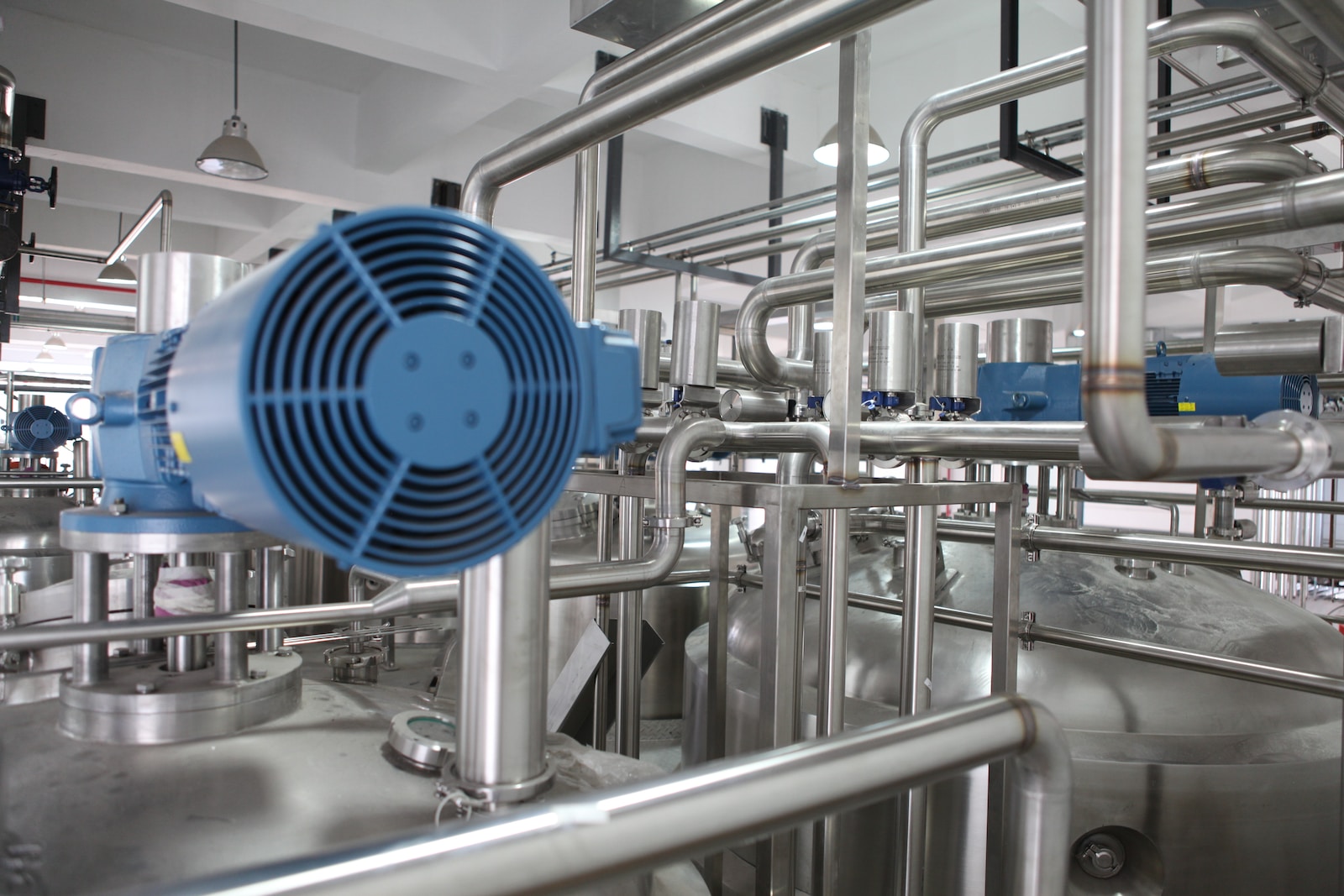- Flow production is a method of manufacturing where the production process follows a continuous flow, with each stage of the process being carried out sequentially.
- Here are some features of flow production and its characteristics:
Flow production features:
- Continuous flow of products through the production process: Flow production involves the continuous movement of products from one stage of the production process to the next, without any interruption. For example, in the production of soft drinks, the bottles move along a conveyor belt through different stages of the production process, from filling to capping, labelling, and packaging.
- Standardized production process, with each stage being carried out in the same way: Flow production relies on a standardized production process, with each stage being carried out, in the same way, every time. This helps to ensure consistent quality and minimize errors. For instance, in the production of cars, each stage of the assembly line is carried out in a standardized manner, ensuring that each car is built to the same specifications.
- High level of automation and use of machinery: Flow production relies heavily on automation and the use of machinery to carry out each stage of the production process. This can result in higher levels of efficiency and productivity. For example, in the production of chocolate bars, automated machines can mix the ingredients, and shape and package the bars at a much faster rate than manual labour could achieve.
- Little or no customization of products: Flow production typically involves the production of standardized products that require little or no customization. For example, in the production of canned goods, each can is filled with the same amount and type of product, with little variation.
- Large quantities of products are produced: Flow production is geared towards the production of large quantities of products, often in excess of customer demand. This allows businesses to benefit from economies of scale and keep production costs low. For example, in the production of smartphones, thousands of units are produced each day to meet the high demand for these products.
Examples of flow production include the production of beverages such as soda or beer, as well as the production of cars.
Ideal situations for flow production:
- When the product is standardized and has a high demand in the market
- When the production process can be easily automated
- When the production process is simple and involves few stages
Benefits of flow production:
- Lower production costs due to the high level of automation and use of machinery
- High production efficiency and productivity
- Lower unit costs due to economies of scale
- Easier to monitor and control the production process
Drawbacks of flow production:
- Lack of flexibility, as the production process is designed to produce a single product or a limited range of products
- High set-up costs due to the need for specialized machinery and equipment
- Difficulty in making changes to the production process if necessary
- Production may stop if there is a problem at any stage of the process, resulting in a backlog of unfinished products
Overall, flow production is a highly efficient and cost-effective method of production, but it is best suited for standardized products with a high demand in the market.




